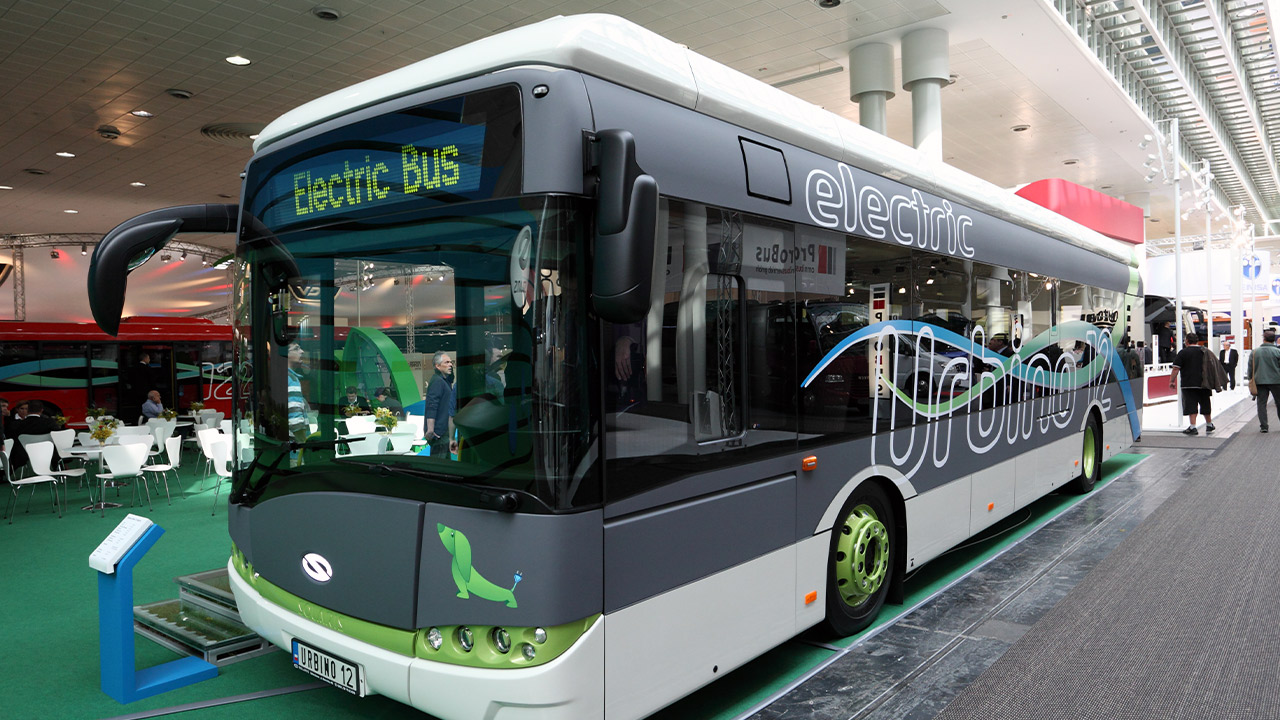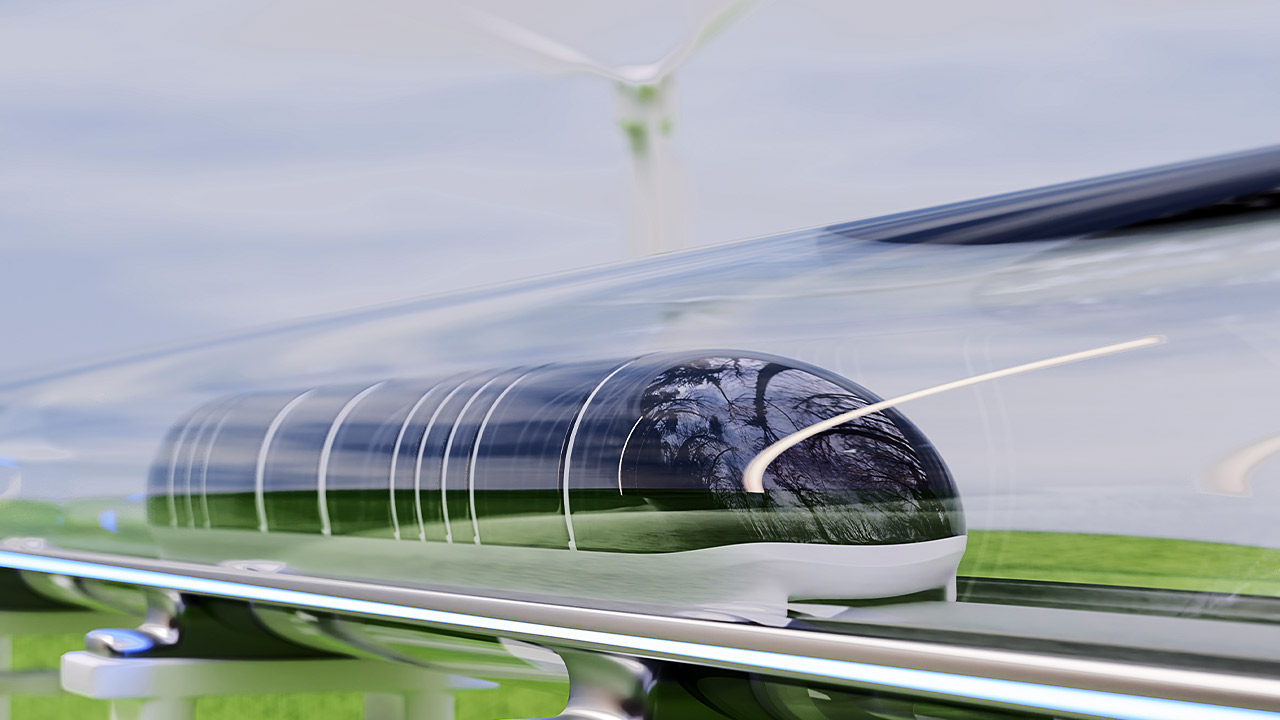The importance of making affordable and accessible transportation available for all cannot be understated. Effective transportation systems increase employment opportunities, make travel more feasible, and allow for greater connection and communication. While the transportation industry is ever-changing, we still have a long way to go in making transportation more sustainable and more efficient.
If you’re considering a career in engineering design technology, you’ll be qualified to support the design and development of transit systems and other structures, utilizing BIM processes, Revit software, Civil 3D and Inventor software. As an engineering design technology professional, understanding the current trends within transportation design will help you to anticipate future demand. The moment when you become familiar with the changes coming to the industry, the better prepared you’ll be to create and analyze innovative designs, contributing to a better future. Below, discover the current trends shaping transit system design today.
Electrification Will Influence the Engineering Design Technology Industry
With increasing awareness surrounding the environmental effects of pollution due to emissions, electrification is a trend that’s influencing the design of transit systems and forms of transportation. Zero-emission bus fleets, taxis, and the associated infrastructure will continue to grow in the coming years, requiring the expansion of the electric grid and new, innovative solutions to meet the demand for charging stations. After completing an engineering design technology program, you might be working to develop designs which optimize transit electrification, working to optimize systems to obtain the highest environmental benefit without sacrificing reliability or efficiency. The transition from diesel and standard gasoline-fueled transit systems will take time, but with the modelling and simulation that engineering design technologies allow for, mapping out the most effective strategy will become easier.

After civil engineering training, you’ll see more electric transportation fleets
Customer-Centricity is Set to Grow
With the use of technology, transit systems are adapting to meet and anticipate the needs of passengers, creating an improved experience for riders of trains, buses, subways, and more. With the use of digital twins, or virtual representations of real objects, the ways that passengers navigate transportation systems can be predicted and mimicked, generating key data about how passengers move and what they want to use transportation for. Prioritizing customer needs help transportation companies to improve the experience of their passengers, without sacrificing resources or sustainability. After civil engineering courses, using digital twins technologies in your designs will help you to support the creation of a more human-centered transportation experience, paving the way for a better future.
New Types of Transportation Are Coming into Play
In addition to improving existing transportation systems, there are plenty of new types of infrastructure which are gaining momentum. During your career in engineering design technology, it’s likely that you’ll be contributing to the development of these new systems as technology advances. For one, hyperloops are a newly proposed method of transportation, in which electro-magnetic levitation powers low-pressure tubes to travel at speeds set to be faster than even commercial aircrafts. Hyperloops can be constructed below or above ground, and are considered to be more environmentally friendly. Another type of transit to look out for as a civil engineering technologist are underground tunnels. While this concept may already sound familiar, the proposal to expand underground tunnel systems in order to reduce traffic congestion and allow cars to travel at higher speeds has the potential to connect commuter hubs.
Ready to take on the future of transportation?



